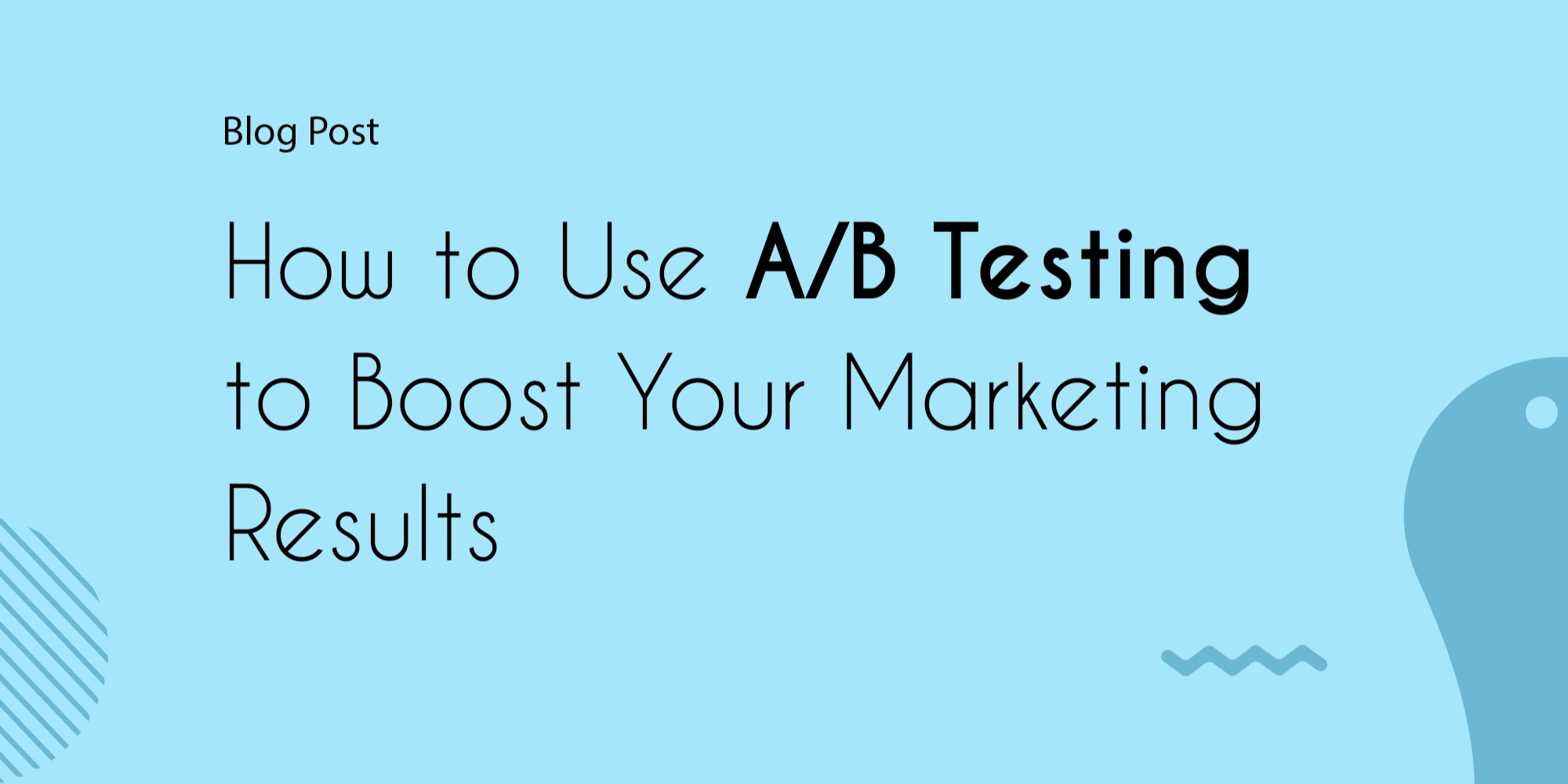
How to Use A/B Testing to Boost Your Marketing Results
A/B testing is a powerful technique that allows you to compare two versions of a marketing element, such as a headline, an image, a copy, an offer, or a landing page, and see which one performs better. By running controlled experiments, you can optimize your marketing campaigns and increase your conversions, leads, sales, and revenue.
In this blog post, you will learn:
- What is A/B testing and why it is important for growth marketing
- How to plan and run an effective A/B test
- How to analyze and interpret your A/B test results
- How to avoid common pitfalls and mistakes in A/B testing
What is A/B Testing and Why It Is Important for Growth Marketing
A/B testing, also known as split testing or randomized controlled trial, is a method of comparing two versions of a marketing element to see which one performs better. For example, you can test two different headlines for your email campaign, two different images for your Facebook ad, two different copies for your landing page, or two different offers for your product.
The goal of A/B testing is to find out which version generates more desired outcomes, such as clicks, sign-ups, purchases, or downloads. By doing so, you can improve your marketing effectiveness and efficiency, and ultimately grow your business.
A/B testing is important for growth marketing because it allows you to:
- Test your assumptions and hypotheses about what works best for your audience
- Discover new insights and opportunities for improvement
- Optimize your marketing funnel and customer journey
- Reduce waste and increase return on investment (ROI)
- Experiment with new ideas and innovations
How to Plan and Run an Effective A/B Test
To run an effective A/B test, you need to follow these steps:
- Define your goal and metric: What are you trying to achieve with your A/B test? What is the key performance indicator (KPI) that you will use to measure the success of your test? For example, if you are testing two headlines for your email campaign, your goal might be to increase the open rate, and your metric might be the percentage of recipients who open your email.
- Identify your variable and variations: What are you going to test? What are the two versions that you will compare? For example, if you are testing two headlines for your email campaign, your variable might be the headline text, and your variations might be “How to Use A/B Testing to Boost Your Marketing Results” and “The Ultimate Guide to A/B Testing for Growth Marketing”.
- Create your control and treatment groups: How will you divide your audience into two groups that will receive the different versions of your variable? You need to make sure that the groups are randomly assigned and have similar characteristics. For example, if you are testing two headlines for your email campaign, you might use a tool like Mailchimp to randomly split your email list into two groups of equal size.
- Run your test: How long will you run your test? How many data points do you need to collect? You need to make sure that your test is statistically significant and reliable. For example, if you are testing two headlines for your email campaign, you might run your test until you have at least 1000 opens for each variation.
- Analyze and interpret your results: What are the outcomes of your test? Which variation performed better? How confident are you about the difference? You need to use statistical methods and tools to calculate the effect size, the confidence level, and the p-value of your test. For example, if you are testing two headlines for your email campaign, you might compare the open rates of the two variations and see if there is a statistically significant difference.
How to Avoid Common Pitfalls and Mistakes in A/B Testing
A/B testing is not a magic bullet that guarantees success. It requires careful planning, execution, analysis, and interpretation. If done poorly or incorrectly, it can lead to misleading or inaccurate results, wasted time and resources, or even negative impacts on your business.
Here are some common pitfalls and mistakes that you should avoid when doing A/B testing:
- Testing too many variables or variations at once: This can make it hard to isolate the effect of each variable or variation and increase the risk of false positives or false negatives.
- Testing without a clear hypothesis or goal: This can make it hard to design a meaningful test and measure its impact.
- Testing without enough data or time: This can make it hard to achieve statistical significance and reliability.
- Testing without randomization or segmentation: This can make it hard to ensure that the groups are comparable and representative.
- Testing without controlling external factors: This can make it hard to attribute the results to the variable or variation and not to other influences, such as seasonality, competition, or user behavior.
- Testing without following up or iterating: This can make it hard to validate, generalize, or improve the results.
How to Create and Manage Your A/B Tests Easily
In a nutshell, here’s a brief summary of everything you need to do to create and manage your A/B tests easily and effectively:
- Generate variations of your marketing elements, such as headlines, images, copy, offers, and landing pages
- Split your audience into random and equal groups
- Track and measure the performance of your variations
- Compare and analyze the results of your tests
- Get actionable insights and recommendations
Ready to boost your marketing results with A/B testing? Contact us at hello@decling.com today!